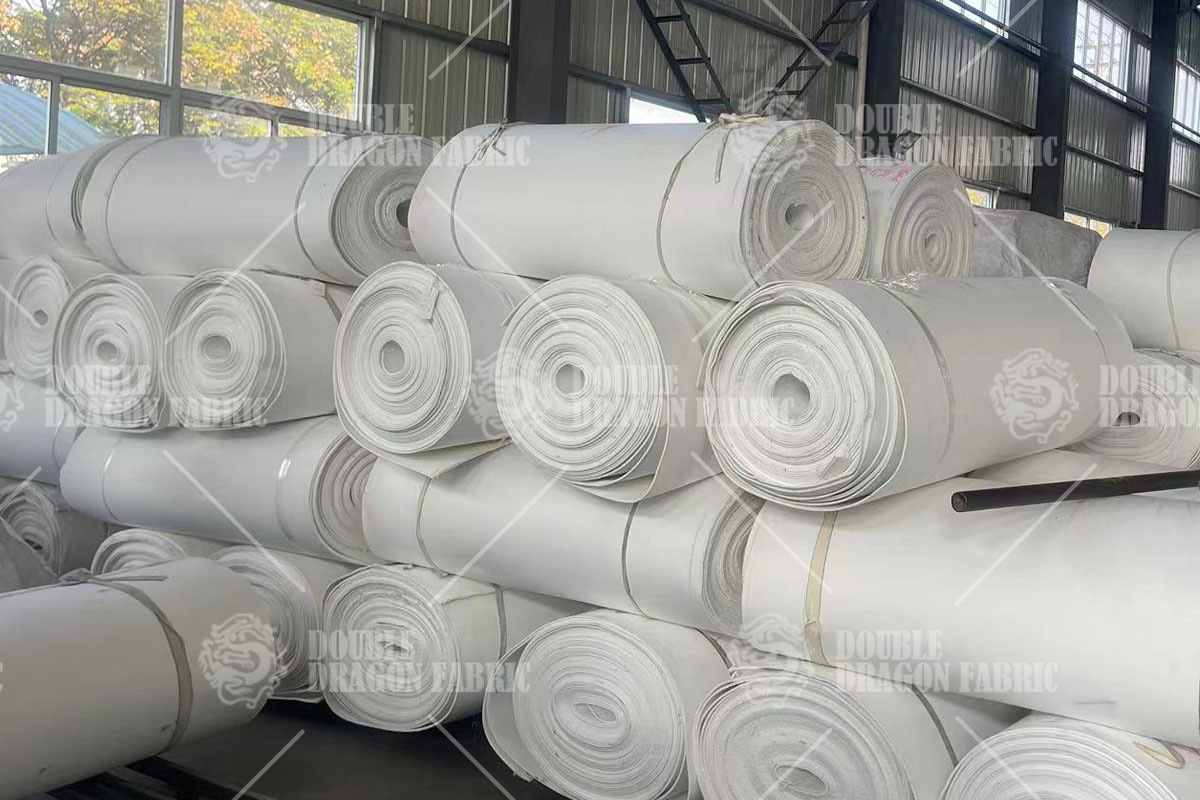Efficient and precise conveying of cement is crucial in ensuring that construction projects and production processes run smoothly. Air slide fabric, a versatile and efficient material conveying solution, plays a significant role in the cement industry.
The Role of Air Slide Fabric in Cement Conveying
Cement conveying is the process of transporting cement from one point to another within a production facility or to construction sites. This can be a complex task due to the fine and dusty nature of cement, which can pose challenges in terms of material degradation, dust containment, and efficient handling. Air slide fabric offers an effective solution to these challenges.
Top 4 Advantages of Air Slide Fabric in Cement Conveying
1. Dust-Free Conveyance
Air slide fabric is designed to be a dust-free conveying solution. The fabric’s porous nature and low-pressure air distribution system allow for the gentle movement of cement without creating dust clouds that can be hazardous to both workers and the environment. This feature is particularly important in industries with stringent environmental regulations, such as cement manufacturing.
2. Material Integrity
Cement is a fragile material that can easily degrade during handling. Air slide fabric provides gentle and continuous material flow, minimizing the risk of degradation. This ensures that the quality of the cement remains consistent, which is essential for producing high-quality concrete and other cement-based products.
3. Energy Efficiency
Air slide fabric operates with low-pressure air, making it an energy-efficient conveying solution. This is important for industries seeking to reduce operational costs and minimize their environmental footprint. The low energy consumption of air slide fabric also makes it a cost-effective choice for long-term use.
4. Versatility
Airslide fabric is versatile and suitable for a variety of cement conveying applications. It can transport both dry and wet cement, making it an ideal choice for different stages of cement production, from raw material handling to final product distribution.

Challenges And Considerations
While air slide fabric is an excellent choice for cement conveying, there are some challenges and considerations to keep in mind:
- Material Compatibility: It’s important to ensure that the air slide fabric used is compatible with the specific type of cement being conveyed. Different formulations of cement may require different types of fabric.
- Maintenance: Regular maintenance is necessary to ensure the efficient operation of air slide fabric. This includes cleaning, inspections, and monitoring for any wear or tear.
- Air Supply: Proper control and regulation of the air supply are crucial to maintain a consistent flow of cement. Any disruptions in the air supply can affect the conveying process.
- System Design: The design of the air slide fabric system should be tailored to the unique requirements of the cement conveying process, considering factors such as material flow rate and distance.
Conclusion
Air slide fabric has become a cornerstone in the cement industry, providing a reliable and efficient solution for cement conveying. Its ability to handle cement gently, contain dust, maintain material integrity, and its versatility make it an essential component in various stages of cement production and distribution. By understanding the advantages and applications of air slide fabric, industries involved in cement production and construction can optimize their processes, reduce costs, and ensure the quality of the final product.